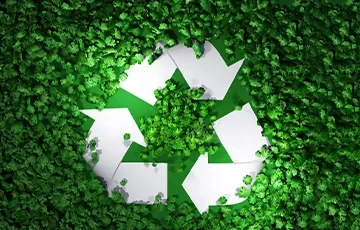
News
Ліст . 26, 2024 15:09 Back to list
Polyaspartic Acid Chelation and Its Applications in Metal Ion Binding Processes
Polyaspartic Acid Chelation A Promising Approach in Chemical Applications
Polyaspartic acid, a biodegradable polymer derivative of aspartic acid, has emerged as a key player in various industrial and environmental applications, most notably in chelation processes. Chelation refers to the formation of complex structures where a central ion, usually a metal, is bound by specialized molecules called chelators. The unique properties of polyaspartic acid make it particularly suitable in this role, providing an eco-friendly alternative to conventional chelating agents.
What is Chelation?
Chelation is a critical chemical process involving the binding of ions and molecules to metal ions, resulting in the formation of stable complexes. This process is essential in various fields, including agriculture, water treatment, food preservation, and pharmaceuticals, as it helps in detoxifying heavy metals, enhancing nutrient availability, and improving product stability. Traditional chelators, such as ethylenediaminetetraacetic acid (EDTA), while effective, present environmental concerns related to biodegradability and toxicity. Therefore, the search for more sustainable alternatives is imperative.
The Role of Polyaspartic Acid
Polyaspartic acid has garnered attention due to its remarkable chelating properties. As a naturally derived polymer, it consists of affinity groups that can effectively bind to metal ions. This biocompatibility is crucial, especially in applications where human health and ecological impact are of concern. Polyaspartic acid can chelate a variety of metal ions, including calcium, magnesium, zinc, and iron, making it applicable across diverse sectors.
Advantages of Polyaspartic Acid Chelation
polyaspartic acid chelation

One of the primary benefits of polyaspartic acid as a chelator is its biodegradability. Unlike synthetic alternatives, polyaspartic acid breaks down naturally in the environment, reducing the risk of pollution and accumulation of harmful substances. This characteristic is particularly relevant for industries committed to sustainable practices and responsible resource management.
Additionally, polyaspartic acid exhibits excellent solubility in water, enhancing its utility in various formulations, from detergents to agricultural products. Its ability to maintain metal ions in a soluble form improves nutrient uptake in plants, ultimately boosting agricultural productivity. By facilitating the availability of micronutrients, polyaspartic acid contributes to healthier crop yields while minimizing the need for chemical fertilizers.
Applications in Various Industries
In agriculture, polyaspartic acid is used to enhance soil fertility and plant growth. It improves the bioavailability of essential trace elements, promoting stronger crop development. Furthermore, it has applications in water treatment processes, where it can sequester heavy metals in contaminated water, thus facilitating their safe removal.
In the pharmaceutical industry, polyaspartic acid plays a role in drug formulations that require stable metal ion complexes, improving drug solubility and pharmacokinetics. Additionally, its non-toxic nature positions it as an attractive option for applications in food preservation and packaging.
Conclusion
Polyaspartic acid chelation represents a significant advancement in the quest for sustainable and effective chemical solutions. Its biodegradability, versatility, and efficiency offer numerous advantages over traditional chelating agents, allowing for a more environmentally friendly approach to metal ion stabilization and detoxification. As industries continue to prioritize sustainability and ecological responsibility, polyaspartic acid is poised to become an essential component in the development of innovative products and processes across various sectors. The future of chelation is not just about efficiency; it is also about harmony with our environment, and polyaspartic acid is leading the way.
-
Polyaspartic Acid Salts in Agricultural Fertilizers: A Sustainable Solution
NewsJul.21,2025
-
OEM Chelating Agent Preservative Supplier & Manufacturer High-Quality Customized Solutions
NewsJul.08,2025
-
OEM Potassium Chelating Agent Manufacturer - Custom Potassium Oxalate & Citrate Solutions
NewsJul.08,2025
-
OEM Pentasodium DTPA Chelating Agent Supplier & Manufacturer High Purity & Cost-Effective Solutions
NewsJul.08,2025
-
High-Efficiency Chelated Trace Elements Fertilizer Bulk Supplier & Manufacturer Quotes
NewsJul.07,2025
-
High Quality K Formation for a Chelating Agent – Reliable Manufacturer & Supplier
NewsJul.07,2025
